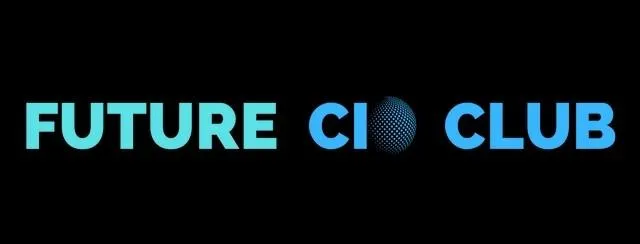
Get Unstuck and Set Up Your Career Strategy to Become Director or VP

Welcome to the "Set Up Your Career Strategy" section.
Why Many People Are Stuck in Their Careers
Let's begin by examining why some individuals find themselves stuck in their careers. You may have come across people who excel at their work, possess strong skills, and are considered experts in their fields, yet they remain stagnant in their current positions. There could be various reasons for this stagnation, such as fierce competition, complaints about others using unethical means to get ahead, or simply attributing success to mere luck. These factors can create a sense of being trapped in one's career progression.
Common beliefs that hinder career growth include:
"I don't have an MBA": Some individuals believe they need an MBA to become a leader. While an MBA can be beneficial, it is not a prerequisite for leadership. There are alternative ways to acquire the necessary knowledge and skills.
"I'm not good at communication": Effective communication is a skill that can be learned and improved over time, irrespective of one's background or native language.
"I lack sufficient experience": While experience is essential, there are techniques to gain exposure equivalent to real-time experience and overcome this barrier.
"I don't have the required skills": Identifying skill gaps and working to improve them is vital for career advancement.
"I lack leadership skills": Leadership skills can be developed through learning and practice, and every leader starts with learning and growing their abilities.
These barriers, whether internal or external, can prevent individuals from progressing in their careers. Internal barriers involve limiting beliefs and mindsets that can be changed and controlled, while external barriers relate to factors beyond one's control. To succeed, it is crucial to navigate around external barriers while focusing on what one can control and influence.
Your Career Strategy
Now, let's set up your career strategy. In general terms, a strategy involves understanding the current state, defining the desired future state, and charting a path to bridge the gap using available resources. For your career, this means envisioning your next level job or even your future job, defining clear targets, and leveraging available tools and skills to achieve your goals.
Consider adopting the concept of "Next Level 2" (N2) career strategy. Rather than solely focusing on your immediate next job, envision the job beyond that. For instance, if your next level job is to become a manager, think about your N2 job, which could be a director or a vice president. Having this broader perspective will help you develop the necessary skills and mindset to fast track your career.
Understand that the journey to your desired career level may not be easy or straightforward. It may take years, depending on various factors unique to your situation. Embrace your individual journey and focus on accelerating your progress. Strategy and planning are different – strategy involves having a clear vision of where you want to be, while planning outlines the specific steps to get there. Be flexible in your plan, adapt to obstacles, and stay focused on your destination.
Consider the following questions:
What is your current state (current job), and how did you get there?
What is your desired future role (future job) or N2 role?
What is your next level role?
How long do you estimate it will take to reach your next level or future job?
Identify the resources you need to fast track your journey.
By addressing these questions, you will gain clarity and lay the foundation for setting up your career strategy effectively. Remember, your career journey is unique, and with the tools, techniques, and strategies you will learn, you can overcome barriers and fast track your progress as a leader.

